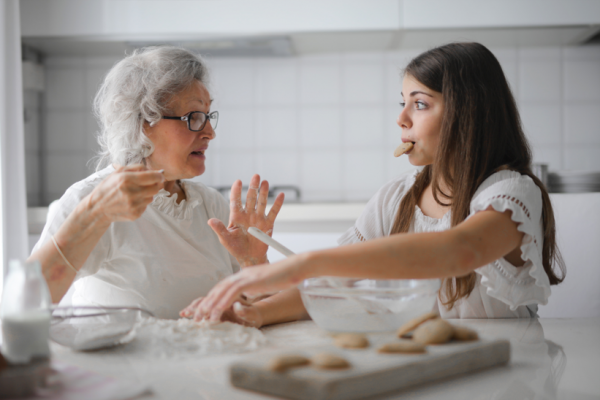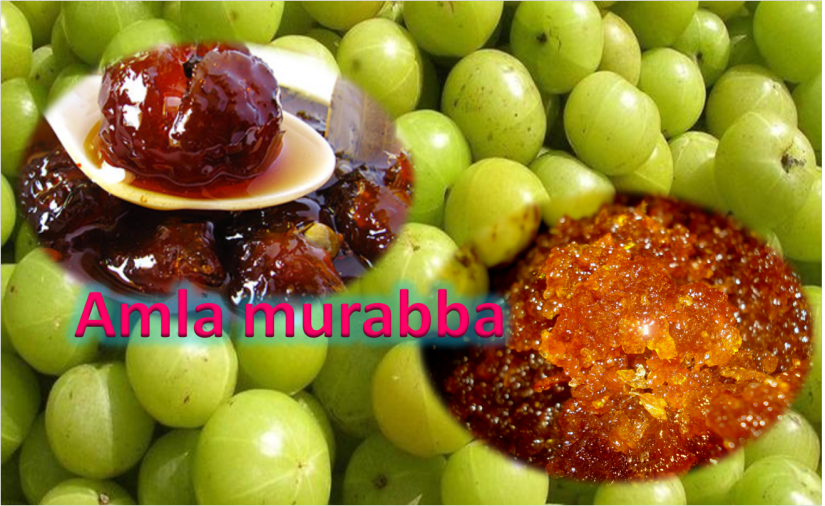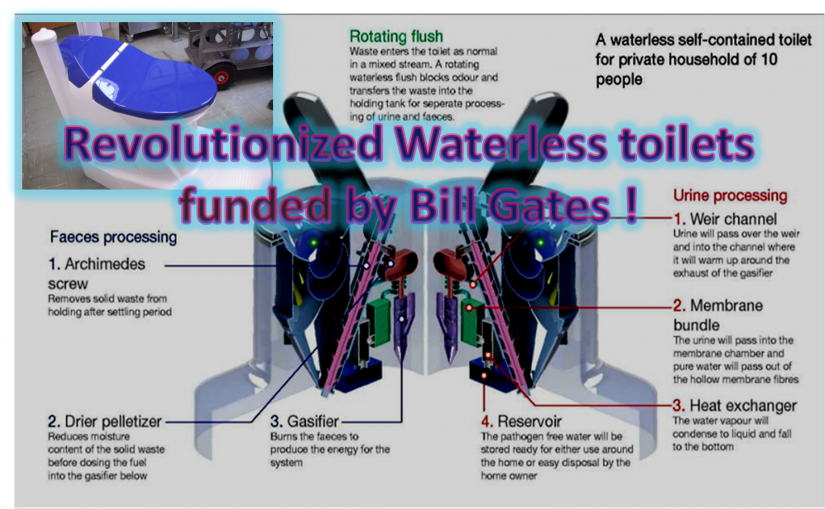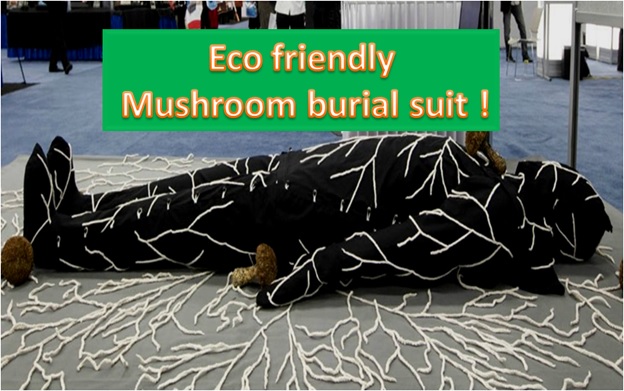
Tips from grandma really works
Few tips from grandma can make your daily work easy!
1) To peel garlic: Keep garlic cloves in microwave for about 15 seconds and the skins will slip right off
2) Storing apples: To keep apples fresh and in good condition put apples upside down in the fruit basket
3) Storing herbs: Crush mint, basil, curry, rosemary leaves separate and put them in small bottles containing oils. Close the lid and keep in ambient temperature. This will store them for up to 6 months!
4) Sticky dough problem? Keep mixed dough in the freezer for few minutes – this takeaway the stickiness during flattening.
5) Coffee flavor enhancement: Add a pinch of cooking salt into the molded coffee box or bag and store the coffee powder.
6) Clean cooker: Place a small piece of lemon or lime in the water or add a piece of tamarind in the water.
7) Cooking tomatoes: Do not use aluminum pan, pot or utensils to cook tomatoes. Tomatoes are rich in acid and reacts with aluminum metal. This gives a bitter taste and discolored appearance for tomato.
8) Storing mushrooms: Take a brown paper bag and put few holes in the bag. Now store mushrooms in this bag in a refrigerator.
9) Storing lemons: Wash and store lemon in a airtight container filled with water. Lemons will remain more juicer and fresh for a long time.
10) Nonstick pan precaution: Before heating nonstick pan, spray some cooking oil and heat for 3 minutes and add food.
11) Soft bread: To store bread soft, add a half cut apple in the bread bin and it will keep bread soft and nice.
12) Juicy lemon: Keep lemon in hot water for few minutes before squeezing. This will give more juice.
13) Eggplant cooking: Soak cut eggplants in a mixture of salty water to get rid of blackness.
14) Green vegetables cooking: To retain color of green vegetables like beans, cabbage etc add couple of pinch of sugar while cooking the greens. This enhances the taste too.
15) Crisp biscuits: If the biscuits turned soft due to exposure to air then microwave biscuits for few seconds.
16) Basin for help: To remove excess water, salt or oil from cooking vegetable curry add a spoon of basin flour. It will absorb any of these excess ingredients.
17) Clean refrigerator: Mix baking soda, lemon juice and water – heat for a minute and keep it in refrigerator for an hour. Use same water and wipe the inside using clean cloth.
18) Clean drinking glass: If the drinking glasses start getting cloudy, soak them in vinegar hot water combination. This removes any stain from the glass.
19) Cleaning microwave: Mix baking soda and water and boil in the microwave. Use a clean cloth and wipe the vaporized water inside microwave.
20) Washing vegetables: To remove stickiness and clean the vegetables, mix water and baking soda and wash vegetables by rinsing in this mix followed by a wash in water.
Try these tips from grandma to make your everyday life easy and fun!
Image credit: Photo by Andrea Piacquadio from Pexels
Author: HealthyLife | Posted on: December 27, 2016




